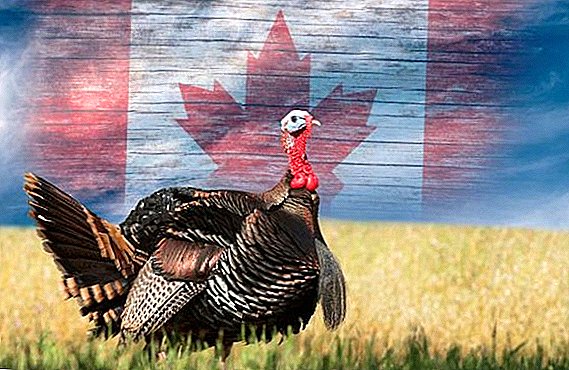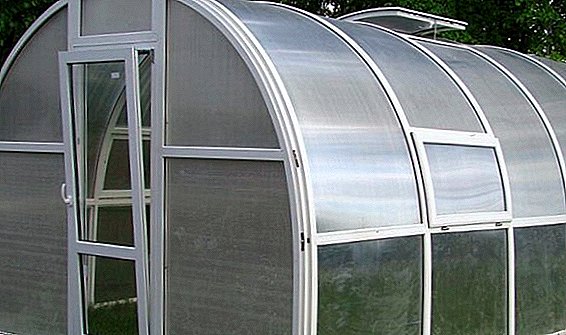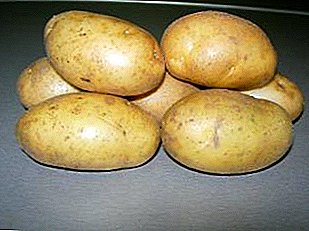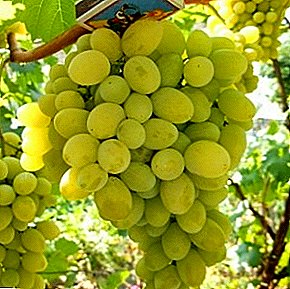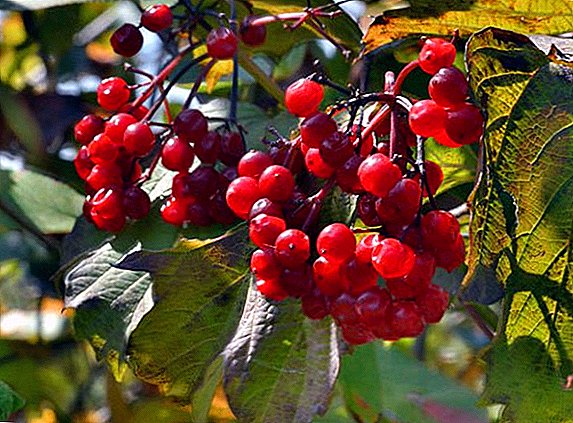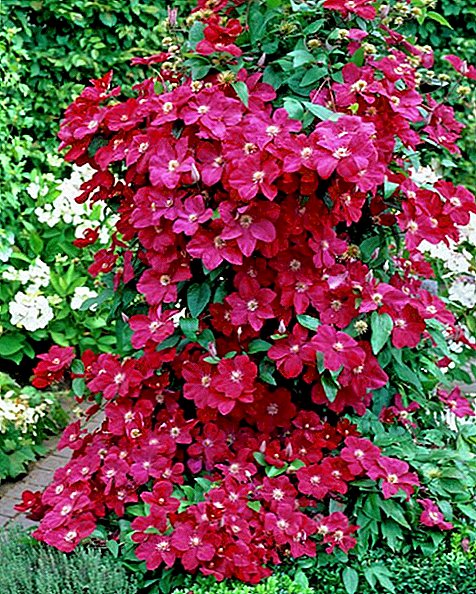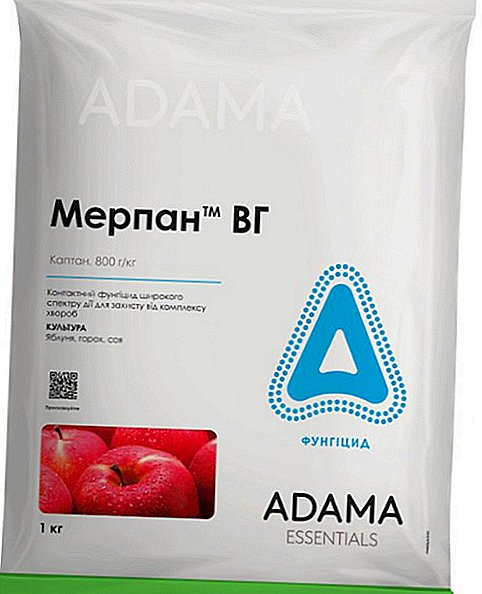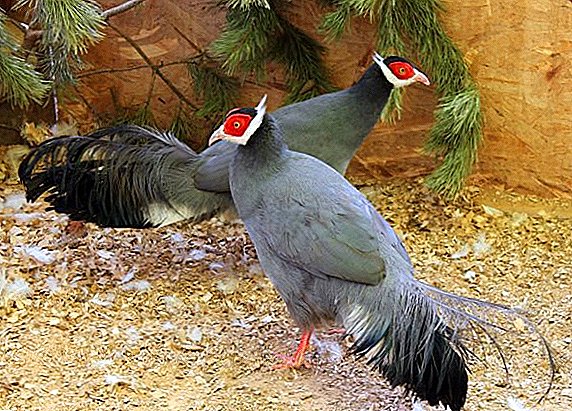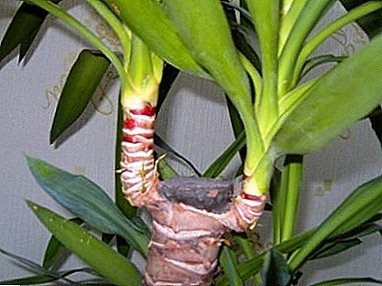
Yukka Elephantis refers to the sight of false palmssuitable for indoor cultivation. The homeland of this plant is the humid subtropics of North America.
In nature, there are about forty varieties of yucca.
In Southern Europe, it grows well in the open field, and where climatic conditions are more severe and changeable, the false palm is grown in the form of a room flower.
Further in the article we will tell you about the Yucca ivory plant: home care, photos in nature and at home, description, diseases and pests.
Description
Have a false palm of this kind lignified trunkIn adult plants, it looks like a giant elephant's foot, because of this similarity, yucca is called the elephant's foot. Leaves about a meter in length, pointed shape, hard, collected in a rosette at the base. The color of the leaves is light green.
Large planttherefore, it is most often grown in spacious rooms. Looks good both in composition with different indoor flowers, and alone.
A photo
The photographs show Yuka Elephant in home and natural conditions:



Care features
Yucca elephantis: how to care? Plant hardy enough. When creating a comfortable environment for growth, easily adapts to the room. The main thing is that the yucca develops well, to ensure its constant access to fresh air and regular watering. Draft can have a detrimental effect on the false palm, so before a room is ventilated, it is moved to a protected place.
Most indoor plants are purchased in specialized stores, so after buying a yucca needs a transplant. This is due to the fact that before selling the plants are placed in pots intended for transportation. They not suitable for long term maintenance in them are palm trees.
Lighting
Yucca Elephant Foot prefers sunlight. Therefore, at home it should be placed on the east or west windows, shading from the bright rays of the midday sun.
With the onset of winterWhen sunlight is not enough, it is recommended to use fluorescent lamps. They are located half a meter from the leaves of palm trees. Artificial lighting a day should be used for at least sixteen hours. In the summer of Yucca Elephantis put on the balcony or loggia.
Temperature conditions
 In the summer optimum temperature should be between 22 and 25 degrees Celsius. In winter, it needs to provide cooler conditions in the range of 12 to 16 degrees.
In the summer optimum temperature should be between 22 and 25 degrees Celsius. In winter, it needs to provide cooler conditions in the range of 12 to 16 degrees.
On the false palm badly affected by sudden temperature changes. The plant can get sick.
The balance of light and air temperature should be stable, otherwise the leaves will become pale and lose their strength. With hot air in winter without proper lighting, the leaf plates become thin, their rigidity is lost and they begin to sag. In this case, shoots strongly drawn out.
Air humidity
For Yucca Elephantis moist air is preferred, at the same time it is not necessary to spray it. To ensure the leaves are decorative, it is best to ensure that they are regularly rubbed with a damp sponge or washed with warm water.
How to water
Successful cultivation of yucca is competent care. First of all, it is ensuring proper watering at different times of the year. In the summer it should be plentiful. At the same time it is necessary to monitor the state of the substrate in the pot. As it dries to a depth of no more than five centimeters, the false palm is watered. This is done at the rate of 1.5 liters of water per five liters of soil volume.
In autumn and winter, watering is reduced, otherwise, with constant waterlogging, the roots will begin to rot, leading to the death of the flower. Water must first be defended, its temperature should be at room temperature.
Flowering period
Virtually all species of yucca are flowering, however indoors it never blooms. For the flower buds to be laid, the plant needs a long period of cold wintering.
As Yucca ivory blooms in natural conditions, you can see here.
Implementation of dressings
 For Yucca Elephantis top dressing is very important. The plant responds positively to them. Fertilization is carried out with the onset of spring and during the summer once every twenty days.
For Yucca Elephantis top dressing is very important. The plant responds positively to them. Fertilization is carried out with the onset of spring and during the summer once every twenty days.
After transplantation or after illnesses, it is not necessary to feed a false palm for some time.
Yucca responds best to fertilizer with mullein, leaf humus and horse manure. For a good vegetation of the plant, complex mineral fertilizers are used.
How to transplant a false palm tree
Yukka Elephantis needs well-drained soiltherefore, the plant should be transplanted into a high tank, at the bottom of which a drainage of three or five centimeters is placed. Old soil washed out from the roots. To do this, you need to put the yucca in a container with water for one hour.
Soil acidity for the plant should be neutral, so the soil can be bought in the store, and should be chosen specifically for palm trees, dratsen or cacti.
Not difficult independently prepare the soil mixture. For this, one part of the humus is mixed, two parts of quartz sand, two parts of leaf and sod soil.
Diseases and pests
Like many houseplants, Yucca Elephantis is subject to the attack of harmful insects. Most often it affects:
- shield;
- mealybug;
- thrips, aphid;
- leaf beetles;
- false scythes;
- caterpillars.
Fight pests You can use planed soap, dissolved in water, insecticidal or acaricidal drugs that are available in specialized stores. All of them are applied according to the instructions.
Yucca painfully reacts to the lack of proper attention. The most common problems in a false palm are as follows.
Dry leaves
It usually happens in low light, since the normal process of photosynthesis is possible in the presence of scattered light.
Direct sunlight Leaves burns on leaf sheets, so they dry out.
Yellow leaves
 This phenomenon may be reaction to excessive watering or using cold water. Also, the leaves lose their decorative effect at sharp temperature drops.
This phenomenon may be reaction to excessive watering or using cold water. Also, the leaves lose their decorative effect at sharp temperature drops.
If the causes of yellowing are not identified, then this may be only a natural process of rejuvenation of the palm.
Yukka Elephantis is unpretentious, therefore, providing her with proper care and creating optimal conditions, the plant will have a healthy and effective appearance.


